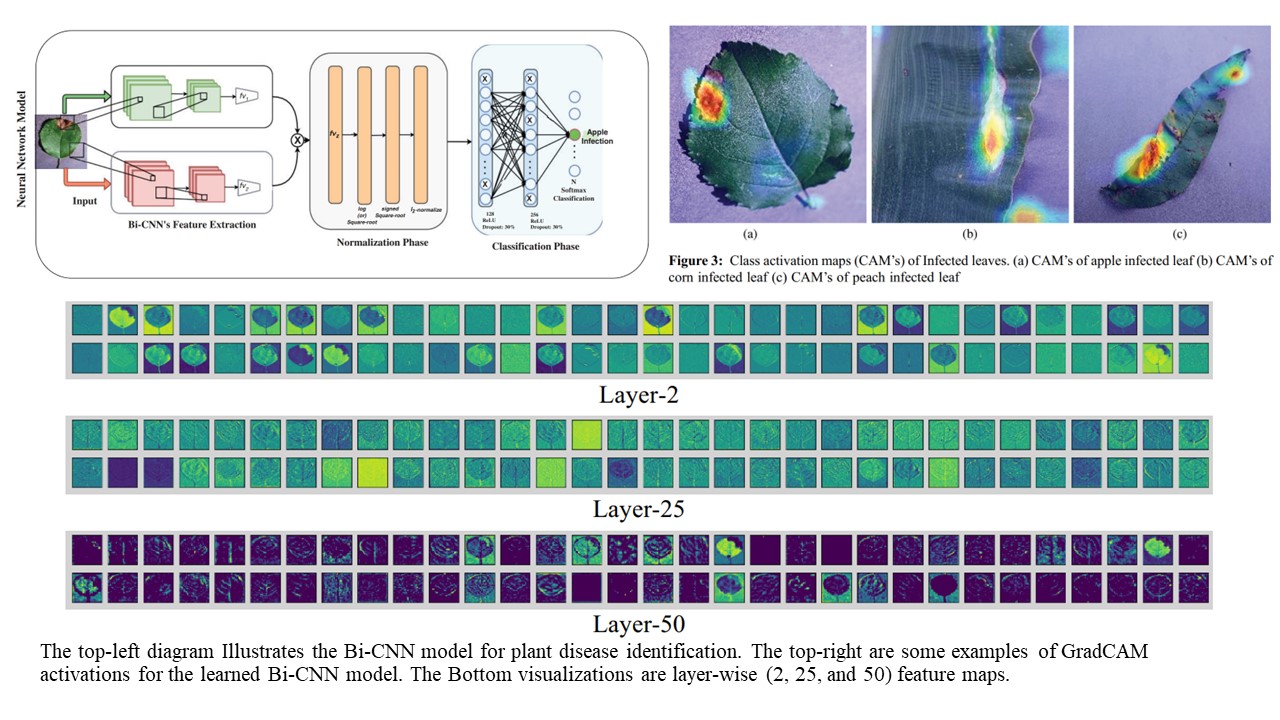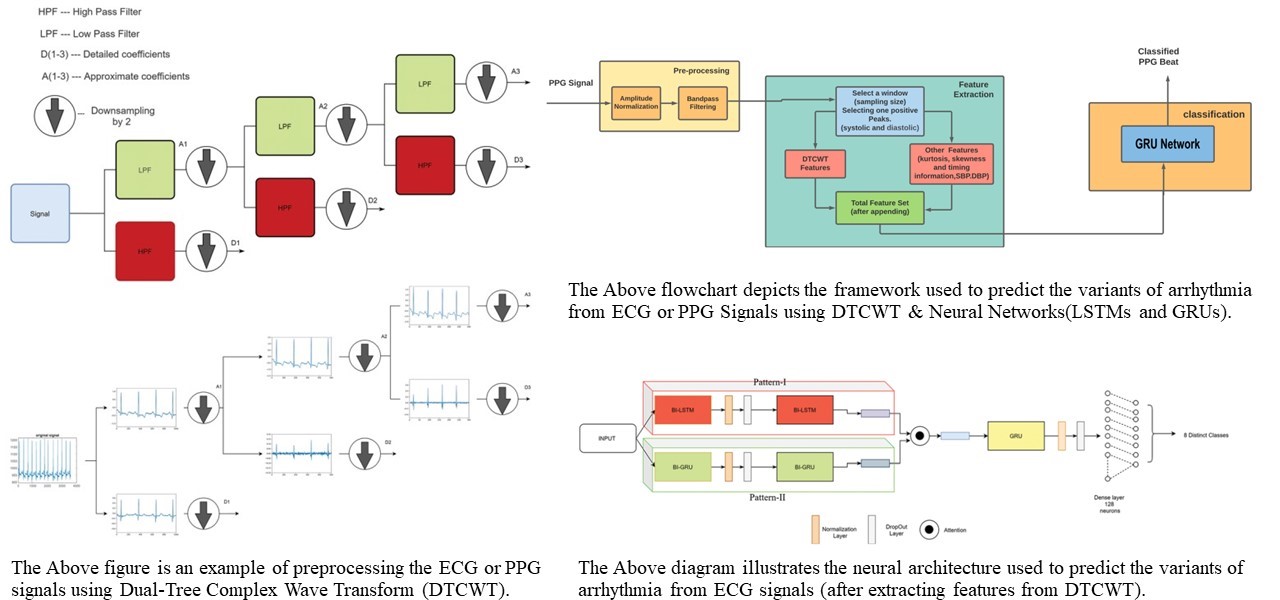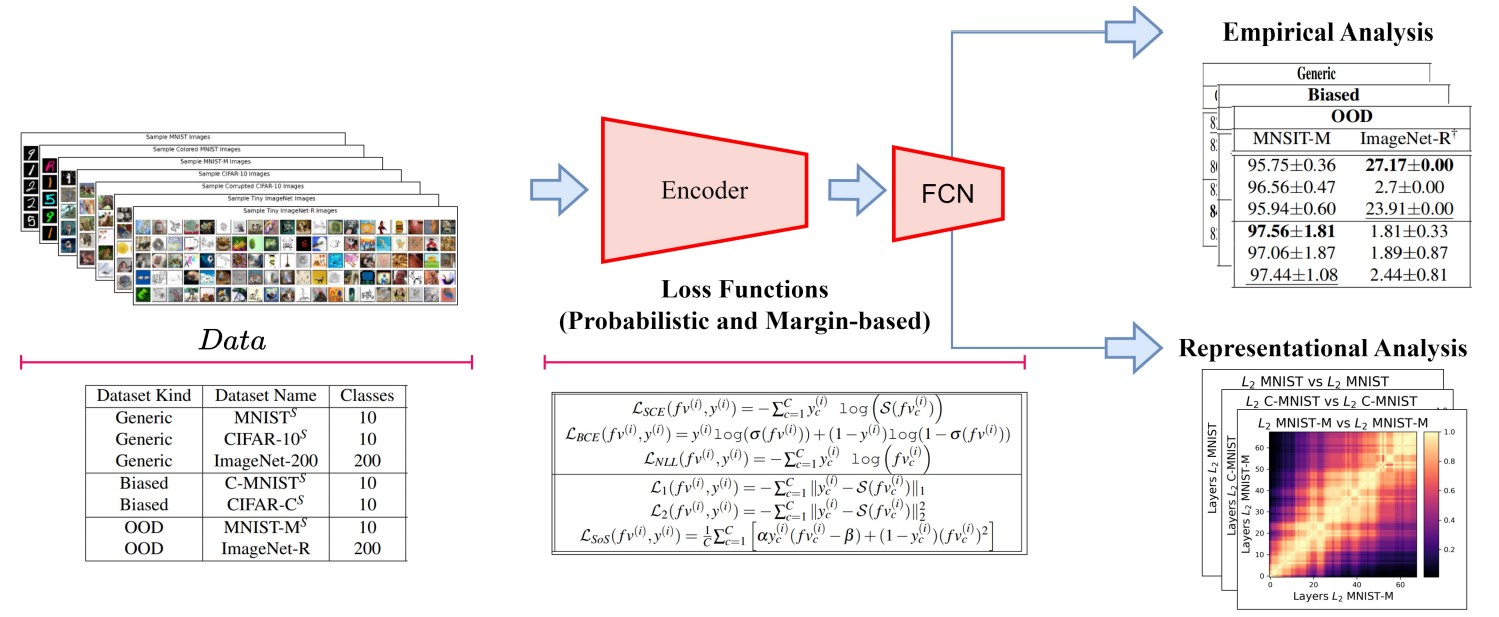UNDERGRAD RESEARCH
Research on Missing Value Imputation
The first fascinating problem statement I worked on was missing value imputation. Prof. Madhu has done his Ph.D. and contributed to numerous works in this field. I was glad to be a part of his research during 2nd semester of undergraduation, and his supervision laid my early undergraduate fascination with research in Machine Learning.
First, In this work, the normalized mean imputation approach is designed to fill the missing data value in numerical datasets. First, we convert data into gaussian distribution and truncate the 5% of the samples which occupy either side of the distribution tail and compute the mean and cube-root-of-cubic mean of that particular distribution. Finally, impute the missing data value from the maximum value of these two methods, which are the plausible data value in a given dataset. In addition, it is observed that some outliers are also eliminated with the implication of the proposed approach. The experiments are conducted on benchmark datasets and compared with mean, median, and mode imputation approaches [1].
We achieved good performance with previous imputation approaches, but the proposed method does not consider the significance of the relationship among the attributes. This method was entirely constricted by the distribution of chosen attributes (or features). To overhaul this problem, we proposed a new algorithm that can extract the relationship among the attributes and impute it accordingly. This method had a good outreach and for further reading, refer to the algorithm from the original work [2].
Journey as a Research Assistant
The good part of undergraduate was being a Research Assistant and getting paid for the work. Collaborating and working under the supervision of kind professors gave me pleasure and a sense of responsibility. The laboratory environment, the campus life, and the outside-the-classroom life altogether exhilarated me to flourish with my passions.
Initially, I acquired theoretical fundaments of Computer Vision and Deep Learning and some relevant mathematical prerequisites. To instantiate the knowledge acquired, I joined as RA in my early 5th semester of undergraduation and was a part of three projects under the supervision of prof. Mangathayaru, prof. Srinivasa Rao and prof. Madhu. I started my journey working with three projects, and the tough part was balancing academics.
The first project was led by Dr. D Srinivas Rao, and here we aimed to provide an application-oriented solution for detecting the infection in a given plant from its leaf image. In this project, we initially implied pre-trained convolutional neural networks for classifying a plant leaf infected with different diseases [3]. Further, we enhanced the work by providing visual attention using Bi-linear CNNs, which were inspired by the visual cortex's biological mechanisms that integrate dorsal and ventral streams [4, 5]. This exposure gave me insights into various challenges in the agriculture sector. I was a part of the patent filed for a continuous monitoring system from aerial imagery named “Method for detecting health conditions in plants using an aerial device based on deep learning approach” [6].

The second project, supervised by Dr. N Mangathayaru, primarily intended to develop a non-invasive system that detects the occurrence of arrhythmia using a Photoplethysmogram (PPG). Here, I worked on devising neural networks for classifying the patterns extracted from pre-processed PPG and Electrocardiogram (ECG) signals [7, 8, 9]. Here, I contributed by devising NNs that can detect various arrhythmia conditions.

By the same token, I was involved in the third project led by prof. Madhu and the paramount task was to detect the presence of malaria from thin blood smear images. The data, thin blood smear images of malaria, was acquired from the NIH official repository and implied a modified capsule network to produce state-of-the-art outcomes. Here, I contributed to the work by tweaking the capsule network's objective function and neural architecture [10, 11].
I was able to complete these work with invaluable inputs from professors and great support of my team. These projects widened my opportunity to continue my expedition as a computer science reseacher and unknowingly I completed my undergardation.
Collaboration after undergraduation
Although I graduated with a bacheor’s degree I kept collaborating with people at my institution. The care, support and guidance provided my prof. Kiran Chakravarthula during my bacholors was invaluable and it was one of the reason to revert to my college. My motivation began as a naive student and grew up as matured researcher. I understood the way of mapping theoretical lessons taught a classroom into an useful research. I thank many people who helped me voluntarily and involuntarily to pave a pathway. After an extensive discussions, as a team of three, Gnyanesh, myself, and prof. Kiran analyzed how bias pertained to NNs affects the inference of specific computer vision models. Our work was accepted to the URCV Workshop at BMVC-22 [12].

References
[1] G Madhu, Lalith Bharadwaj Baru, G Nagachandrika, K Sai Vardhan. A Novel Algorithm for Missing Data Imputation on Machine Learning. 2019 International Conference on Smart Systems and Inventive Technology (ICSSIT).
[2] G Madhu, Lalith Bharadwaj Baru, K Sai Vardhan, G Naga Chandrika. A Normalized Mean Algorithm for Imputation of Missing Data Values in Medical Databases. 2020 Innovations in Electronics and Communication Engineering.
[3] Srinivasa Rao Dammavalam, Ramesh Babu Ch, V Sravan Kiran, Rajasekhar N, Lalith Bharadwaj Baru, Rohit Boddeda, Sai Vardhan K. Leaf Image Classification with the Aid of Transfer Learning: A Deep Learning Approach. 2020 Current Chinese Computer Science.
[4] Ch Ramesh Babu, Srinivasa Rao Dammavalam, V Sravan Kiran, N Rajasekhar, Lalith Bharadwaj Baru, Rohit Boddeda, K Sai Vardhan. Deep Bi-linear Convolution Neural Network for Plant Disease Identification and Classification. 2020 International Conference on Advanced Informatics for Computing Research.
[5] D Srinivasa Rao, Ramesh Babu Ch, V Sravan Kiran, N Rajasekhar, Kalyanapu Srinivas, P Shilhora Akshay, G Sai Mohan, Lalith Bharadwaj Baru Plant Disease Classification Using Deep Bilinear CNN. 2022 INTELLIGENT AUTOMATION AND SOFT COMPUTING.
[6] Dammavalam Srinivasa Rao et al. (2020). “Method for detecting health condition in plants using an aerial device based on deep learning approach”. In: Patent 202041043102. Print.
[7] Mangathayaru Nimmala, B.Padmaja Rani, et al. (2020). “An Imperative Diagnostic Model for Predicting CHD using Deep Learning”. In: 2020 IEEE International Conference for Innovation in Technology (INOCON), pp. 1–5.
[8] Mangathayaru Nimmala, B Padmaja Rani, et al. (2020). “An Imperative Diagnostic Framework for PPG Signal Classification Using GRU”. In: International Conference on Advanced Informatics for Computing Research. Springer, pp. 606–621.
[9] Mangathayaru, Nimmala, Padmaja Rani, et al. (2021). “An attention based neural architecture for arrhythmia detection and classification from ecg signals”. In: Comput. Mater. Continua 69.2, pp. 2425– 2443. https://doi.org/10.32604/cmc.2021.016534
[10] Madhu G, A. Govardhan, et al. (2020). “Capsule Networks for Malaria Parasite Classification: An Application Oriented Model”. In: 2020 IEEE International Conference for Innovation in Technology (INOCON), pp. 1–5.
[11] Madhu G, B Lalith Bharadwaj, B Rohit, et al. (2021). “Convolutional Siamese networks for one-shot malaria parasite recognition in microscopic images”. In: Demystifying Big Data, Machine Learning, and Deep Learning for Healthcare Analytics. Elsevier, pp. 277–306.
[12] Bangaru Gnyanesh and Lalith Bharadwaj Baru et al. (2022). “Representational Structure of Neural Networks Trained on Biased and Out-Of-Distribution Data”. In: URCV Workshop at British Machine Vision Conference. https://openreview.net/forum?id=BBSg-Wbsxfq
[13] Bangaru Gnyanesh et al. (2022). “Interpreting Bias in the Neural Networks: A Peek Into Representational Similarity”. In: arXiv preprint arXiv:2211.07774. https://arxiv.org/pdf/2211.07774.pdf